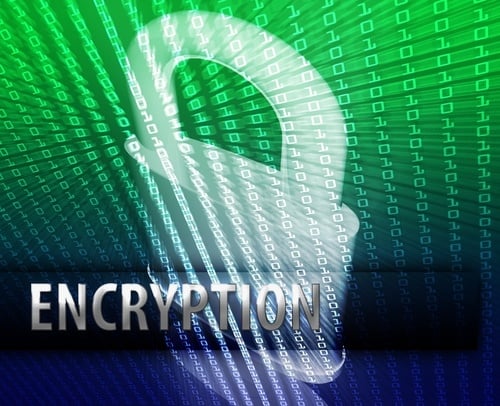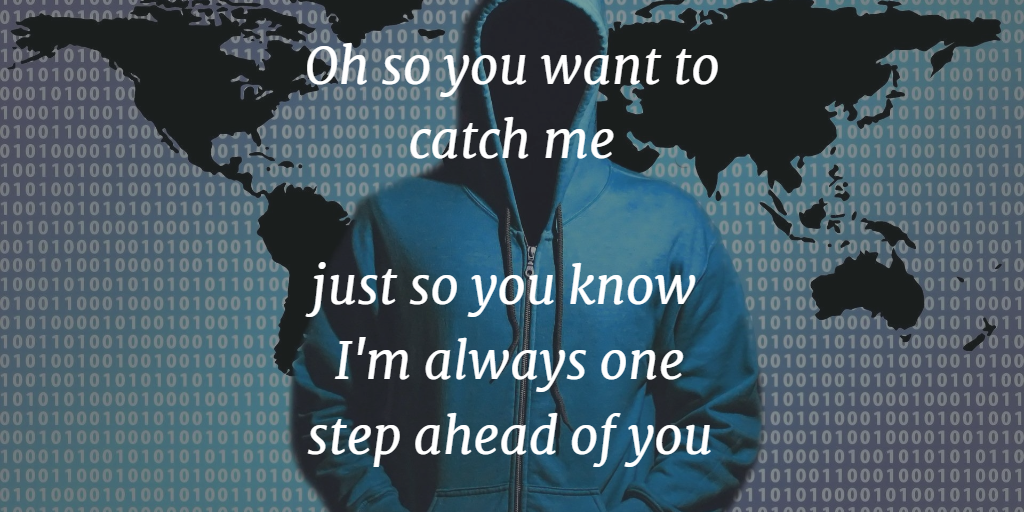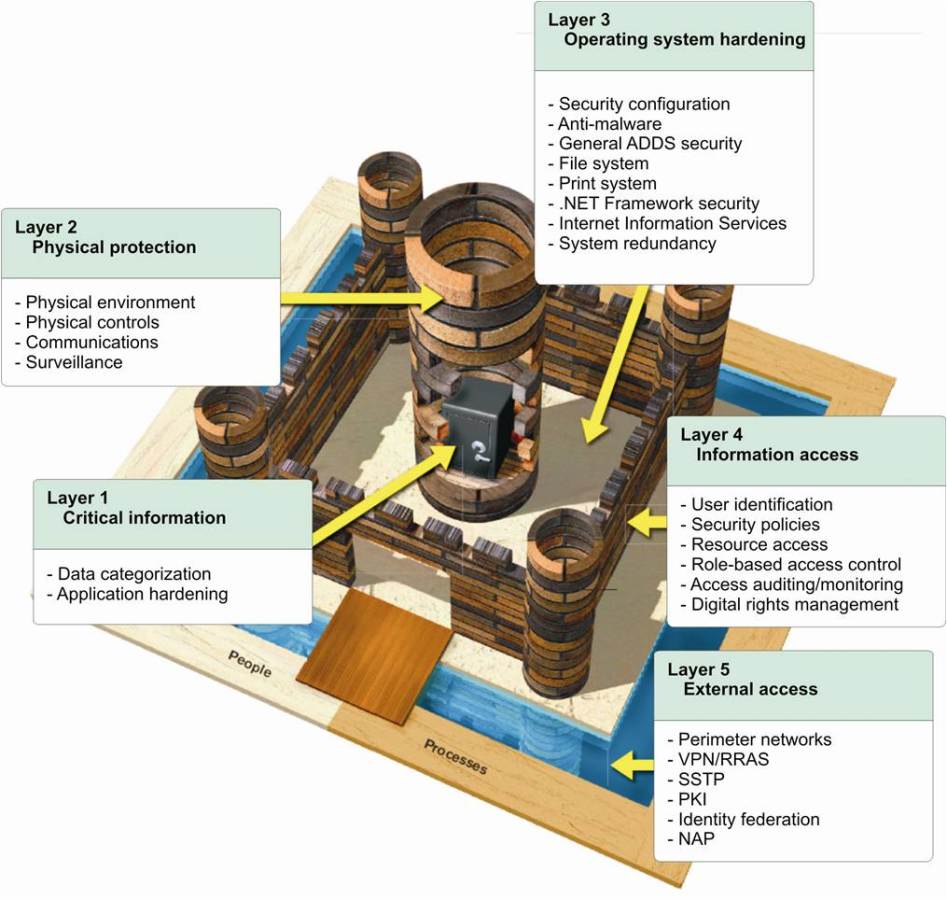Mitigating the Risk of Data Breaches with Tokenization

When handling sensitive data such as financial records or personal health information, companies must reduce the risk of data breaches to a minimum by addressing possible sources of risk. Without a comprehensive strategy for reducing data breach risks and mitigating their effect, companies risk damaging their brand and reputation. In addition to exposing private or confidential information and losing customers. As a result, companies face fines, penalties, and costs associated with litigation. Competitive information may be exposed as well, and the company may lose the executives responsible for the breaches. Implementing tokenization, such as offered by CloudMask, increases the security of sensitive data and limits the effects of data breaches.
Conventional approaches to data protection rely on encryption and secure networks with perimeter protection. The data is maintained in its native form inside the secure perimeter and is encrypted at a gateway when sent outside. This model breaks down with the extensive use of cloud-based applications. The data either has to be decrypted on the cloud server for further processing or it has to be brought back into the secure network. If it is decrypted in the cloud, additional sources of risk for data breaches at the cloud services provider open up. Even if only encrypted data is stored in the cloud, the secure network model has inherent risks associated with it. It requires that users who have access to the secure network infrastructure, such as administrators, can be trusted.
Data Masking as a way to protect the Data
CloudMask's implementation of Masking replaces the characters of sensitive data with similar but meaningless characters. For example, a Masked account number still has its characteristics and validations, but the numbers have changed. During de-masking, the CloudMask application maps the changed numbers back to the original ones. Making takes place on the originator's device as information is keyed into a cloud-based application such as Gmail, and the data can only be de-masked with the authorization of the originator. Because the data format and structure are maintained, applications designed to work with specific data formats can handle the Masked data. A granular approach to Masking allows the user to keep some data fields in clear text as long as the fields carrying identifying information are Masked. In this way, many application operations, both in the cloud and on the home network, can be carried out on the Masked data.
Data Masking and data breach mitigation
Masking mitigates the effects of data breaches because, even when an unauthorized party gains access to the data, it is illegible. The data remains Masked in transit, in the cloud, and on the home network. Only the originator has the de-masking key, and only he can authorize another user to de-mask the data. Network administrators and cloud service operators see only Masked data. De-masking takes place only on an authorized user's device. There is no encryption gateway where data can be intercepted or trusted parties who may inadvertently or purposefully enable a data breach.
In this way, Masking, in general, can mitigate data breaches, but the CloudMask implementation adds significant elements which further increase security. The company's zero trust model means that trust has to be explicitly expressed by authorizing data access for specific individuals. The data masked with CloudMask can be processed through many operations and applications without being de-masked, decreasing the risk of data breaches and leading to fewer instances in which the data is exposed.
CloudMask's Masking tool allows companies to mitigate data breaches by eliminating the specific sources of risk inherent in other methods of data protection and by delivering end-to-end security with its zero trust model.
The use of masking can reduce the possibility of unauthorized access to data and help increase the level of security. The damages resulting from the recent data breaches at the U.S. Federal Government, after previous major incidents at Staples and Neiman Marcus could have been reduced under a comprehensive masking scheme. A transparent data protection strategy using masking can help avoid such damages and satisfy regulatory requirements while allowing third-party verification and certification.

With CloudMask, only your authorized parties can decrypt and see your data. Not hackers with your valid password, Not Cloud Providers, Not Government Agencies, and Not even CloudMask can see your protected data. Twenty-six government cybersecurity agencies around the world back these claims.
Watch our video and demo at www.vimeo.com/cloudmask
Share this article:







